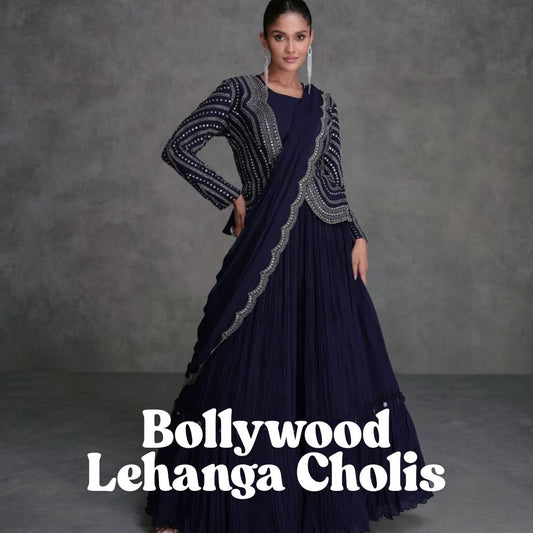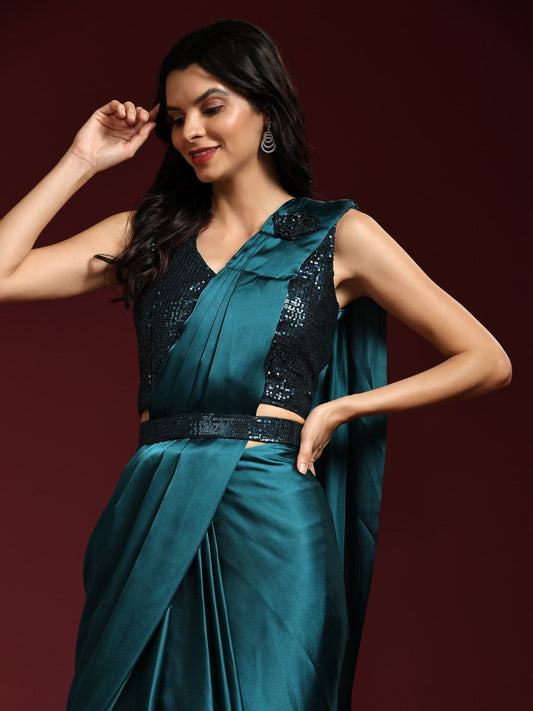In the ever-evolving world of fashion, some fabrics remain eternally loved — not just for their aesthetic appeal but for their comfort, heritage, and cultural significance. One such treasure is the Cotton Mulmul Saree, a lightweight, breathable, and graceful drape that’s making a grand comeback in modern wardrobes. From the royal courts of Bengal to contemporary closets, mulmul has traveled through centuries, weaving its soft elegance across generations.
What is Cotton Mulmul?
Mulmul, also known as muslin, is a finely woven, soft cotton fabric that originated in the Indian subcontinent. It is airy, smooth, and ideal for hot climates, making it one of the most comfortable textiles for everyday wear. Unlike other cottons, mulmul is exceptionally light and breathable, offering a feather-like feel on the skin.
Historical Significance of Mulmul Fabric
The history of mulmul dates back to ancient India, particularly in Bengal, where it was woven by skilled artisans and exported across the world. During the Mughal era, mulmul (then known as "Malmal") was a prized fabric, often referred to as "woven wind" for its sheer texture. It was so fine that it was once believed a full-length mulmul saree could pass through a ring!
Exported to Europe, the Middle East, and China, Indian muslin became an international symbol of luxury. However, during British colonial rule, the muslin industry faced a major decline due to forced imports of British textiles and the systematic destruction of local craftsmanship.
In recent decades, however, mulmul sarees have experienced a renaissance, with artisans, designers, and sustainable fashion lovers reviving this beautiful legacy.
Why Cotton Mulmul Sarees are Trending Today
-
Unmatched Comfort
The soft, breathable texture makes cotton mulmul sarees ideal for tropical and humid climates. Women today prefer these sarees for their all-day wearability.
-
Sustainable and Skin-Friendly
In a world moving toward eco-conscious choices, naturally dyed, handwoven mulmul sarees offer a sustainable alternative to synthetic fabrics.
-
Traditional Meets Contemporary
With vibrant Bagru prints, hand block motifs, and contemporary styling, cotton mulmul sarees blend tradition with modern elegance, making them Instagram-worthy yet rooted in heritage.
-
Versatile Styling
Whether it's a day at the office, a casual brunch, or a festive function, a mulmul saree can be styled up or down effortlessly.
-
Celebrity and Designer Influence
From Bollywood stars to boutique labels, everyone is embracing mulmul sarees. Their minimalistic grace and earthy elegance make them a designer favorite.
Key Features of Cotton Mulmul Sarees
-
Lightweight and breathable
-
Ideal for daily wear, summer weddings, and travel
-
Handcrafted with block prints, Bagru, Sanganeri, and Kalamkari motifs
-
Available in a wide range of colors and patterns
-
Naturally dyed and eco-friendly
-
Easy to maintain and drape
From Loom to Luxury: Artisan Revival
Today's demand for cotton mulmul sarees is fueling a much-needed revival of India's weaving communities. Artisans in Rajasthan, Bengal, and Uttar Pradesh are re-engaging with their craft, thanks to support from handloom cooperatives, local brands, and global recognition of slow fashion.
E-commerce platforms and boutique stores are now proudly showcasing mulmul sarees, supporting the “Vocal for Local” movement and empowering women artisans across India.
Conclusion
The cotton mulmul saree is more than just a garment; it’s a symbol of India’s rich textile heritage, reimagined for today’s mindful generation. Whether you love it for its historical charm, ethical appeal, or sheer comfort — this saree is a must-have in every Indian wardrobe.
As the world leans into sustainable fashion, the humble mulmul saree is not just surviving — it’s thriving, one elegant drape at a time.





